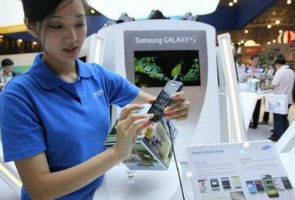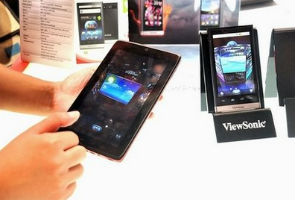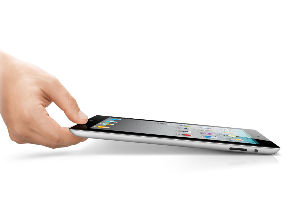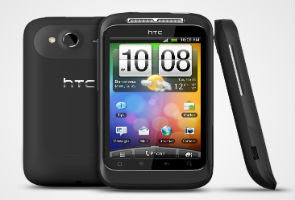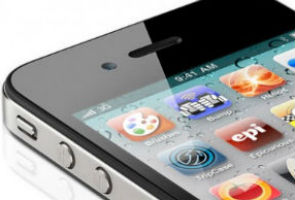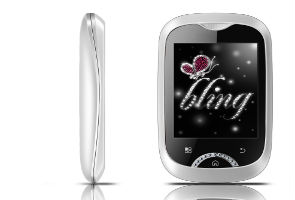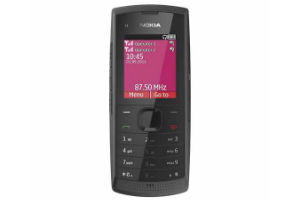Computer manufacturers of all sizes and descriptions have been pushing
to get a piece of the ever-expanding tablet market created by the launch
of Apple's iPad in April 2010.
The obsession with tablet
computing will be on full display tomorrow as Computex, the world's
second-largest computer show, begins its annual five-day run in Taipei.
The
prominence of tablets underscores a dramatic shift under way in the
personal computer industry and keenly felt in Taiwan, which is home to
some of the world's biggest PC manufacturers as many consumers opt to
buy a tablet rather than a new PC.
Computex will feature more
than 50 tablet models, said organiser Taipei Computer Association, with
big names including Lenovo Group Ltd and Toshiba Corp having their
products displayed.
Researchers have predicted slower growth in PC sales this year because of the rising consumer interest in tablets.
Gartner Research recently cut its sales growth forecast for global PC sales in 2011 from 15.9 per cent to 10.5 per cent.
According
to IHS iSuppli, world PC shipments declined 0.3 per cent year-on-year
to 8.1 million units in the first quarter of 2011, with sales by No
3-ranked Acer plunging 20 per cent.
Many analysts say it may take
two or three years before mobile device software from Google Inc. and
Microsoft Corp can catch up with iPads, which have thousands of
applications for consumers to choose from.
That may mean a hard time for many PC makers in the short term.
Research company IDC says Apple Inc had a 73 per cent share of the tablet market in the last quarter of 2010.
South Korea's Samsung Electronics Co was a distant second with 17 per cent.
It
said 2010 tablet sales totalled 18 million units. IDC expects Apple to
account for 70-80 percent of 2011 tablet sales that it predicts will
reach 50 million units.
Besides tablets, Computex will also
feature corporate and home servers and other cloud-based computing
equipment and services, a sector Taiwanese firms have recently entered
to make up for shortfalls in PC sales.
The world's top contract
laptop manufacturer, Taiwan-based Quanta Computer Co, is among those
producing servers for global firms such as Google.
Cloud computing involves running applications in web browsers.
The
cloud allows users to store and retrieve data over the Internet
whenever it is needed, instead of saving it on their own computers.
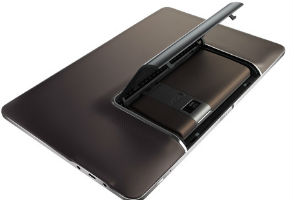 Asus finally announced their much talked about Padfone at Computex 2011 in Taipei.
Asus finally announced their much talked about Padfone at Computex 2011 in Taipei. 